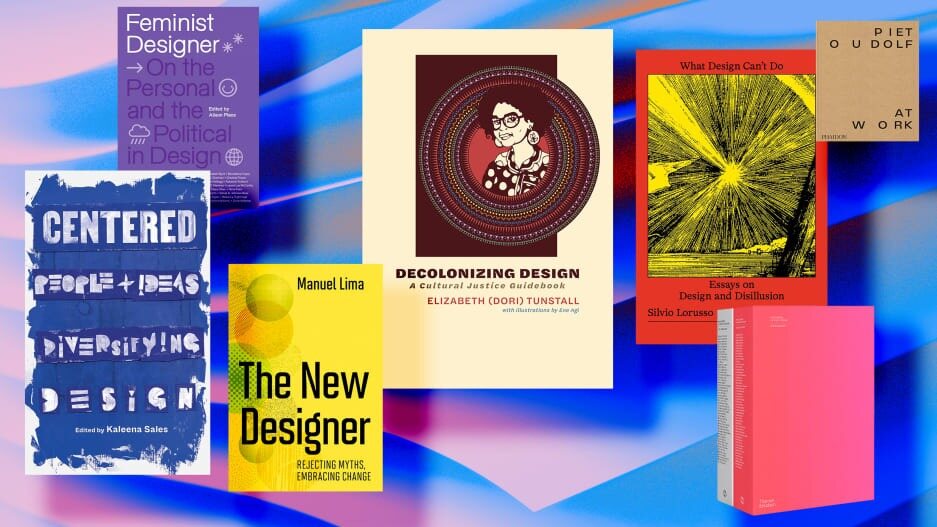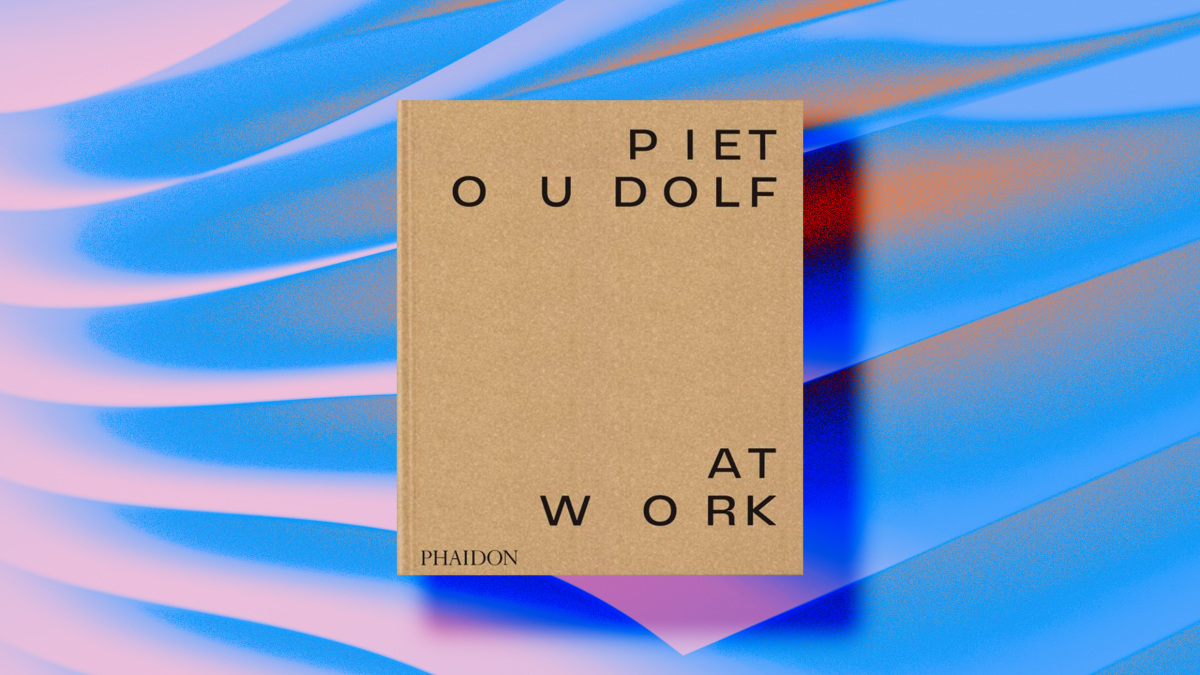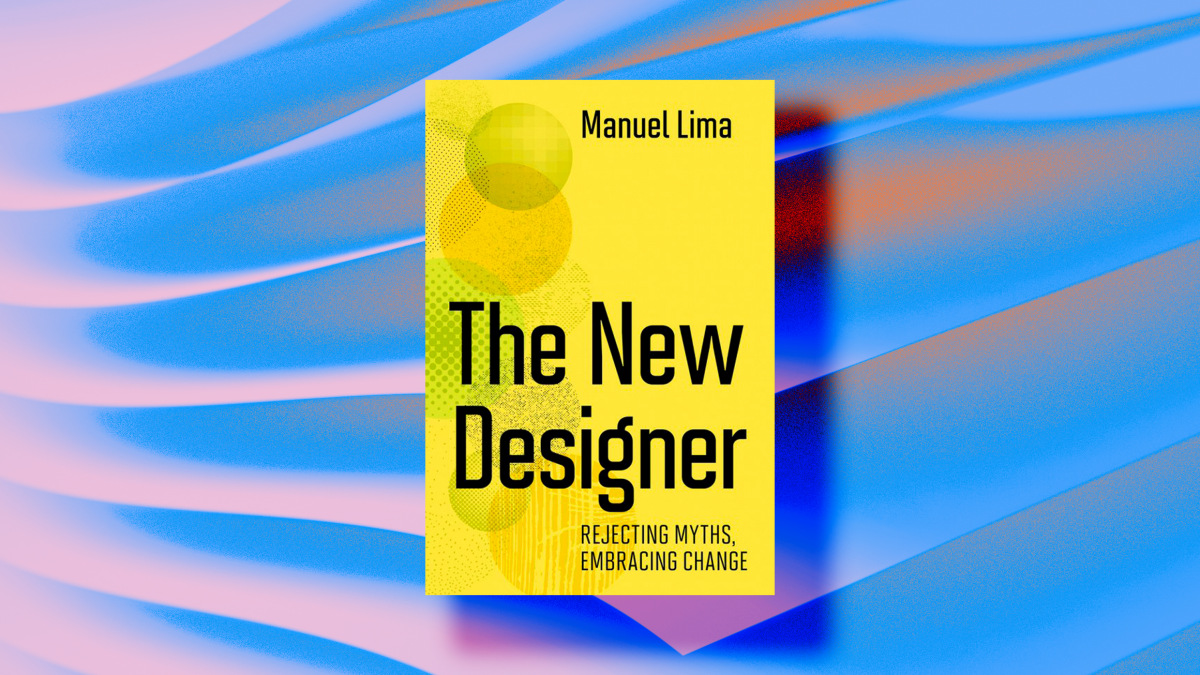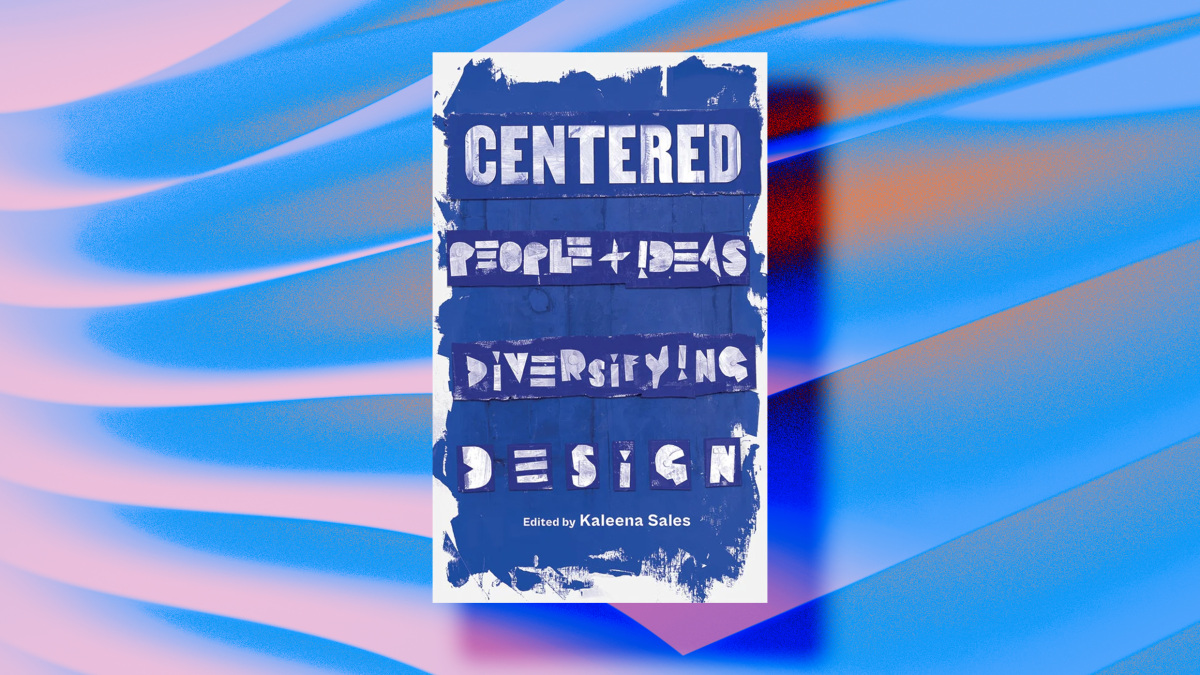- | 9:00 am
The best design books of 2023
7 must-read books that reckon with the current moment in design.

Design is in a moment of crisis. The dominant forms of practice, from design thinking to human-centered design, are being called into question as the pressing issues facing the planet are forcing the design industries to reconsider what they do, how they do it, and who they work with. Thankfully, there are practitioners, thinkers, academics, and historians who are tackling these challenges head on. The books I found most compelling this year were the ones that didn’t shy away from the big questions. They were books that probed and questioned. They challenged my thinking and gave me new ways of seeing design, and the world. It’s easy to get pessimistic but the books assembled here never take the easy way out: ultimately, they demonstrate what design is best at: imagining new futures that are better than today.

Decolonizing Design: A Cultural Justice Guidebook by Dori Tunstall
The history of design has been defined and dominated by a set of white, Eurocentric men and ideologies that still inform much of design practice today. Over the last decade, moves to expand the canon, to increase representation, and most recently, to decolonize design have become increasingly central to design discourse. In her new book, Dori Tunstall, a leader in these movements, diagnoses the problem, demonstrating how design — of all types, throughout history — has been a tool for colonialism while also giving us concrete actions to move beyond them today.

Piet Oudolf At Work by Noel Kingsbury
Piet Oudolf At Work, the new monograph on the Dutch landscape architect and garden designer, was the book I spent the most time with this summer when all I want is a a series of glossy, full-bleed images of beautiful gardens. As part of the “new perennial” movement, which replaced scrub and tree-heavy landscapes with layered, dense flower-focused gardens, Oudolf creates gardens that are highly organized yet feel as if they sprung up out of nowhere, much like the work he did landscaping New York City’s Highline. The best part of this book, however, is the full-size reproductions of Oudolf’s drawings and diagrams, giving us an otherwise unseen glimpse into his creative process and the evolution of a garden.

The New Designer by Manuel Lima
Designer and author Manuel Lima writes in his important new book that the old ways of practicing design no longer work and that it’s time to rethink design. Organized around myths in the design industry (from the obvious “design is perfection” to the provocative “design is for humans”), Lima proposes that the designer of the future is focused equally on the product and the system, the user and the environment, the aesthetics and the ethics. Lima’s prose is friendly and accessible and each chapter ends with actionable advice for designers to immediately apply to their work.

Pentagram: Living By Design by Adrian Shaughnessy
Pentagram, perhaps the most famous design studio in the world, was founded 50 years ago by five men in London. As of this writing, they have 24 partners spread out in four offices in New York, London, Austin, and Berlin. To tell a linear story of the last five decades—with partners coming and going and offices opening and closing, not to mention radical changes in the design industries—is no easy feat. Yet somehow Shaughnessy has done just that. This two-volume box set includes both an analysis of the cooperative and their legacy on the design world and individual profiles of the 50+ partners who have been involved with Pentagram over the years. More than hagiography, this is a book that, in many ways, tells the story of graphic design’s evolution from niche service to cultural production, from specialist to multidisciplinary.

Feminist Designer: On the Personal and the Political in Design by Alison Place (editor)
What is the relationship between feminist theory and design practice? This is the question that frames the essays, conversations, and case studies that designer and educator Alison Place has put together here. Moving beyond narrow questions of representation and inclusion, feminist design instead ask how we design and why. A work of theory that is also accessible, Place and her contributors make the case that feminist theory—and feminism more generally—provides an opportunity to interrogate the role of power, knowledge, care, community and more in the designed systems and artifacts that surround us.

Centered: People and Ideas Diversifying Design by Kaleena Sales
Don’t be fooled by the small size, this compact book is filled with big ideas. Kaleena Sales has assembled projects, ideas, and interviews—from a Chinese typographic archive to how collage informs the Black American aesthetic—that expand how we think and talk about design, both historically and today. But what’s most impressive about this collection is how it is always grounded with real people and real practices. When discussing diversity or decolonizing design, it can be easy to speak theoretically but Sales has found relevant examples of actual work that paint a picture of an expanded understanding of design.

What Design Can’t Do: Essays on Design and Disillusion by Silvio Lorusso
Over the last few years, Lorusso, a writer, artist, and designer based in Portugal, has published some of the most incisive, critical, and provocative writing on graphic design as an industry and practice. Many of those essays are collected in this new volume that offers a balm from the feel-good, design celebrations that can permeate design media. In a moment where design is looked at more critically than ever before, Lorusso probes our relationship to technology, to capitalism, to politics and gives language to the feeling of working against these forces, all while avoiding easy pessimism or over-simplified solutions.







































